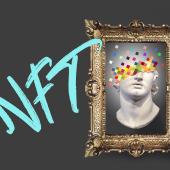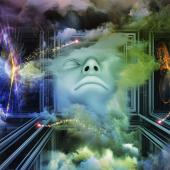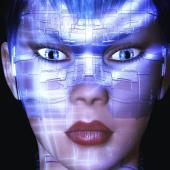Digital Painting
For many in the art world, digital painting is not a "real" painting. Whereat it has equally artistic standards as traditional arts. On the contrary, with a view on digital painting one can identify all sorts of advantages. Insights into the digital painting is the content of this article.
The main feature of digital painting is clearly the creation of images on the computer using graphics software and input devices plus digital interfaces. Here in the first step as well as in traditional painting the work is reproduced with a sketch. This can be either way done on the computer or even drawn classically on paper. The brush moves in digital paintings are conducted with a so-called "stylus" on a graphic tablet. One can mimic brushstrokes in the form of, for example, chalk or water color with a stylus. On this, there are no limits in painting and drawing.
During background processing multiple frames are created. A frame with the root, one with shades and so on. This is an absolute advantage of digital painting. After the background processing the actual image is then processed by mixing and cross-fading the colors. Another undeniable advantage is the simple deletion, e.g. of a color, when one would not like it or in case it simply would not fit. Digital painting allows the artist to try and to undo.
Since the digital paintings of course are not initially detectable tactile, they then of course also offer innumerable possibilities to print them. This turns out in a variety of paper forms to large digital canvas prints.
Whether modeled watercolors, oil paintings, impasto or futuristic graphics, the sky's the limit. In particular, this acts as a stimulus for many artists to try digital painting or to put their focus on it.




